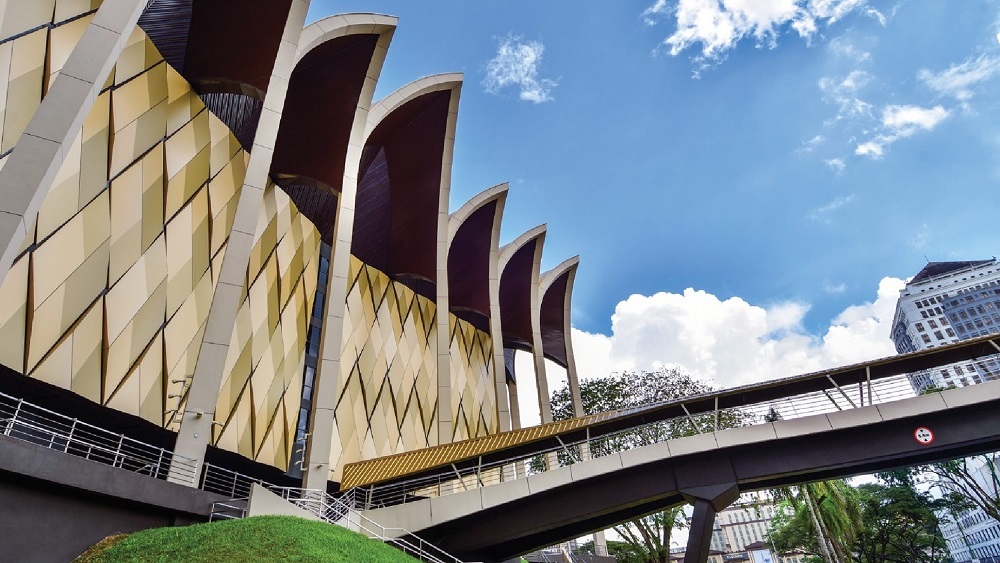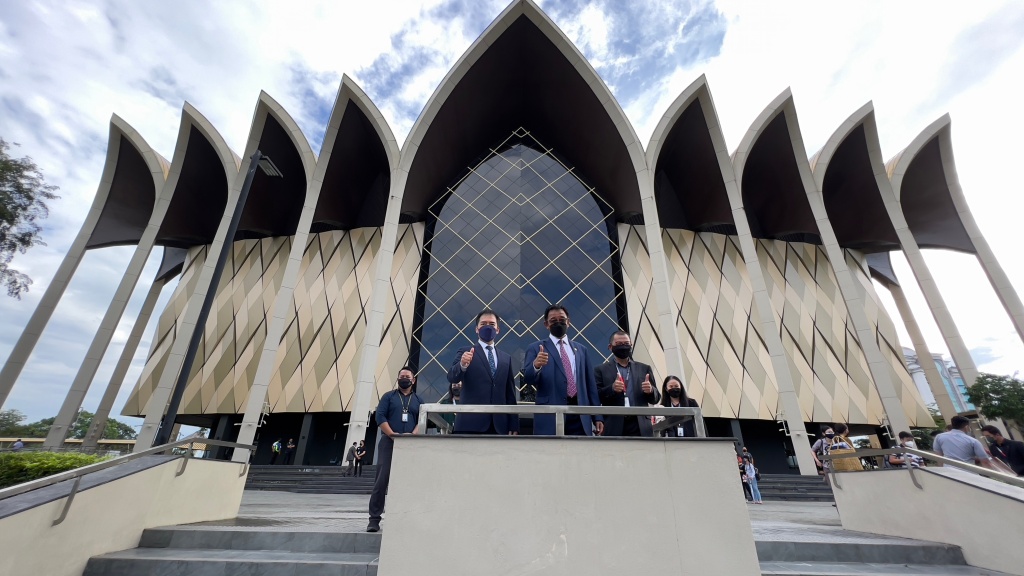Accept Borneo's Heritage: Visit Cultures Museum
Accept Borneo's Heritage: Visit Cultures Museum
Blog Article
Explore the Remarkable World of Borneo's Cultural Heritage: A Comprehensive Overview to the Cultures Gallery Experience
Immersing oneself in the complex tapestry of Borneo's social heritage is similar to starting a voyage via time and custom. The combination of native tribes, traditional handicrafts, exciting efficiencies, and historic stories housed within the boundaries of the island's museums uses a glimpse into a world bursting with profound heritages and dynamic personalizeds. As visitors traverse with these databases of society, they are bid to check out a world where past and present intermingle, welcoming contemplation on the strength and richness of Borneo's varied heritage.
Indigenous Tribes of Borneo
Borneo is home to over 50 indigenous tribes, each with one-of-a-kind cultural practices and traditions that have been preserved for generations. Amongst these people are the Iban, known for their detailed tattoos and standard longhouses where numerous family members stay.
These aboriginal people play an important role in keeping Borneo's abundant social tapestry. Regardless of outside impacts and innovation, many tribes continue to promote their customizeds, ideas, and languages. Visitors to Borneo have the chance to engage themselves in the unique way of lives of these tribes through social scenic tours, homestays, and community-based tourist campaigns. By involving with these native areas, site visitors can gain a much deeper appreciation for the diversity and strength of Borneo's native heritage.
Conventional Handicrafts and Artifacts

One famous instance of conventional inventions in Borneo is the manufacturing of woven products - Borneo Cultures Museum. Knowledgeable weavers use natural fibers like rattan, bamboo, and pandan delegates produce elaborate baskets, mats, and accessories adorned with colorful patterns that hold symbolic definitions within the community
The art of woodcarving is one more significant aspect of Borneo's conventional handicrafts. Craftsmens sculpt intricate designs right into different kinds of timber to create masks, sculptures, and musical instruments that not only offer practical purposes yet also hold cultural significance, often showing folklore or spiritual ideas.
In Addition, Borneo is renowned for its beadwork, with craftsmens thoroughly crafting beads from products like glass, seeds, and coverings to produce fashion jewelry, clothes embellishments, and attractive things that showcase the region's vibrant aesthetic practices. These standard handicrafts and artefacts not only act as substantial expressions of Borneo's cultural heritage however additionally give understandings into the areas' ideas, values, and lifestyle.

Social Performances and Festivals
With a deep-rooted link to their cultural practices, the neighborhoods in Borneo come alive via vibrant social performances and festivals that commemorate their heritage. These occasions showcase the rich variety of Borneo's ethnic teams, each offering distinct dances, music, and routines that have been passed down through generations. Among one of the most renowned celebrations is the Gawai Dayak, commemorated by the Dayak individuals to mark the rice gathering period. During this festival, standard songs loads the air, elaborate dancings are executed, and sophisticated typical outfits are used. An additional significant blog here event is the Pesta Kaamatan, celebrated by the Kadazandusun community to offer many thanks for the rice harvest. This festival includes cultural efficiencies, including the Sumazau dance, and standard sports like the bamboo dancing. Visitors to Borneo can submerse themselves in these festivities, getting a deeper understanding of the region's cultural heritage and experiencing the cozy hospitality of its people. Social efficiencies and festivals function as a vivid pointer of Borneo's abundant cultural tapestry and the significance of preserving these customs for future generations.
Historic Narratives and Artifacts
Exploring the historical stories and artefacts of Borneo offers an interesting peek into the area's rich past and social development. Borneo's historical tapestry is woven with diverse influences, reflecting the interactions in between indigenous tribes, Chinese investors, European colonizers, and Malay sultanates. The artifacts found in article source Borneo showcase this elaborate background, varying from traditional crafts like complex beadwork and woodcarvings to archaeological treasures such as ancient ceramic and tools.
Among one of the most engaging elements of Borneo's historic stories is the preservation of oral practices passed down via generations. These tales provide insights right into the ideas, customizeds, and day-to-days live of Borneo's residents throughout the centuries. The artefacts uncovered from historical websites offer substantial connections to these narratives, enabling site visitors to witness the material society of past cultures firsthand.
Contemporary Cultural Conservation Efforts

Additionally, educational programs and cultural exchange tasks play an essential role in raising understanding regarding the significance of preserving Borneo's distinct cultural heritage. By involving schools, museums, and the wider community in conversations and tasks that celebrate Borneo's diverse cultures, preservation initiatives can acquire energy and support for long-lasting sustainability. Collaborations between governmental bodies, charitable organizations, and local areas are necessary in driving these preservation ventures onward, guaranteeing that Borneo's rich social heritage remains vibrant and cherished for generations ahead.
Conclusion
In verdict, the social heritage of Borneo is diverse and abundant, with aboriginal people, traditional handicrafts, cultural performances, celebrations, historical narratives, and modern preservation initiatives all adding to its individuality and significance. Visitors to Borneo's social museums can get a much deeper understanding and admiration of the region's social heritage, permitting an extra immersive and enlightening experience.
Immersing oneself in the elaborate tapestry of Borneo's social heritage is comparable to beginning on a trip through time and tradition.With an ingrained link to their social practices, the neighborhoods in Borneo come active via lively cultural efficiencies and celebrations that celebrate their heritage. Social performances and celebrations serve as a vibrant tip of Borneo's abundant social tapestry and the value of protecting these practices for future generations.
In addition, instructional programs and social exchange activities play an essential role in elevating awareness about the relevance of maintaining Borneo's one-of-a-kind social heritage. Cooperations in between governmental bodies, charitable companies, and regional neighborhoods are vital in driving these conservation endeavors ahead, ensuring that Borneo's rich cultural heritage remains dynamic and valued for generations to come.
Report this page